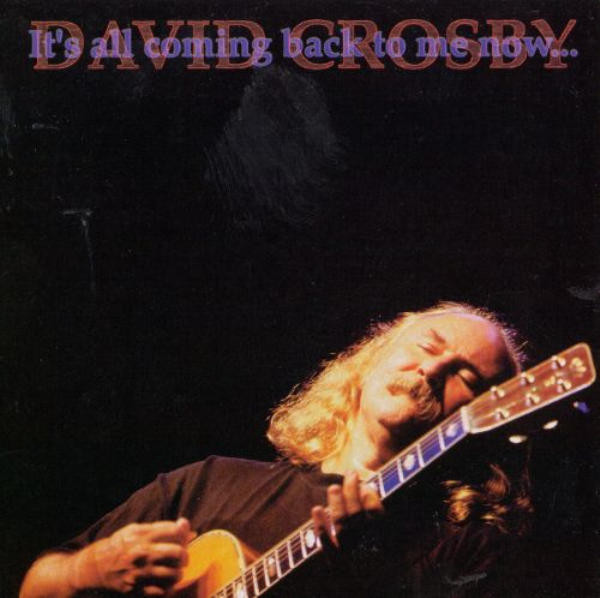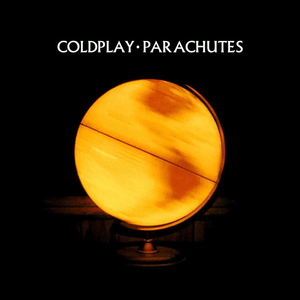Pop is short for popular, of course, and to be popular in the industry is to be lucrative. Therefore, the songwriters behind all the big faceless hits of the ‘60s in particular had to crank out songs that would appeal to current trends, but because they were craftsmen (and women), they took a certain pride in their work, and strove to create things of lasting merit. They were made to sound good through a single speaker broadcasting AM radio, certainly. Nostalgia doesn’t have to be pathetic, of course.
These days, the purveyors of pop work with ProTools and autotune, and the sounds they create can be as interchangeable as the product that ultimately made Greg Brady decide not to wear Johnny Bravo’s suit. Somewhere among them is a handful of writers who still start with an acoustic guitar, pen and paper to hone their craft.
Gerry O’Keefe understands how it’s done, and is doing his own part trying to reclaim the tradition of the pop craftsman in a sterile atmosphere. His music stems from the example set by the Brill Building types that dominated the top 40 charts of decades past. After many years working in original and cover bands in the Chicago area, his knack for recognizing a solid hook has finally resulted in his very first album under his own name.
Whatever Suits You is an easygoing collection of friendly strums, accented by heartland riffs and understated harmonies. Best of all, the words are as well constructed as the chords. Any modern acoustic troubadour would kill for a song like “Your Brand New Beginning” in their set. It’s easy to imagine songs like “Good When It’s Gone”, “We’ll Call It Hope” and “Stuck, Still, Not Even Slow” on the radio. “The Road That Doesn’t End” gets an extra boost from a simple piano added to the standard guitar-bass-drums combination to accentuate the ache. And good luck getting the Beatles ‘65 twang of “Darlin’ Divine” out of your head once it’s there.
It would seem that people don’t write songs like this anymore, but we know that’s not true; they’re just hard to find. Thankfully, Whatever Suits You is available via the usual online merchants, in download format as well as an actual, tangible CD with artwork, liner notes and everything. It’s one of the nicer surprises of the year.
Gerry O’Keefe Whatever Suits You (2013)—3½
:format(jpeg):mode_rgb():quality(90)/discogs-images/R-1958072-1255009843.jpeg.jpg)








:format(jpeg):mode_rgb():quality(90)/discogs-images/R-20401804-1633106530-6548.jpeg.jpg)


